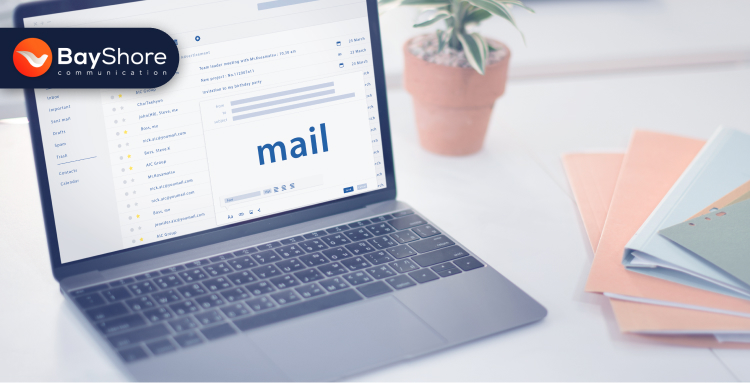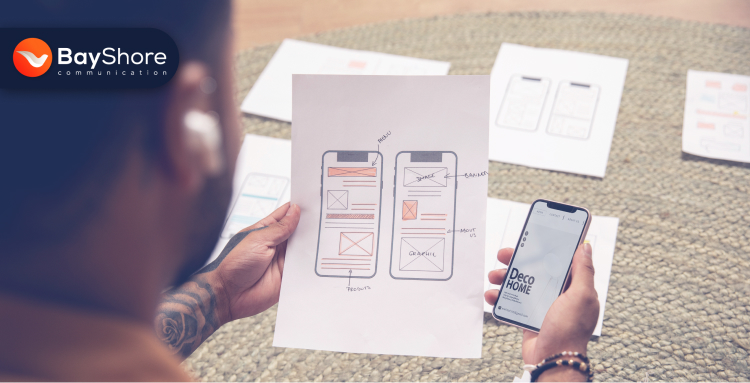
In 2025, small businesses continue to see impressive results from email marketing, often with just one well-timed message. Consider a neighborhood bakery that sends a brief morning email promoting fresh pastries. By lunchtime, pre-orders have doubled, and foot traffic picks up without relying on social media trends.
While social media visibility depends on ever-changing platforms, email offers consistency and control. According to Constant Contact’s 2025 Benchmark Report, it brings a $36 return for every $1 spent. For small businesses looking to grow their audience, drive sales, and maintain long-term customer relationships, email remains a practical and high-return strategy.
Today, we will look at the most effective email marketing strategies for small businesses in 2025.
A message that feels generic rarely earns attention. Most people don’t mind hearing from a business. They just want the message to reflect who they are and what they care about. Relevance isn’t a luxury in email marketing anymore; it’s the baseline.
When segmentation is done with care, it turns an email from a broadcast into a conversation. One subscriber clicks on a product, another signs up for an event, and a third hasn’t opened anything in weeks. Each of those actions offers a different cue. Using behavior as a guide, rather than guessing, keeps your emails in step with real people.
A demographic and geographic details layer that is relevant even further. A subscriber in Miami might want summer promotions when someone in Chicago is preparing for snow. A local customer may appreciate in-store offers, while someone across the country might respond better to free shipping.
These choices make a measurable difference. Segmented campaigns see 14.31% higher open rates and 101% more clicks.
(Source: Mailchimp, Data Analysis).
When emails feel personal, they stop sounding like marketing. They sound like someone paying attention.

The first impression you make with a new subscriber is crucial. Imagine meeting someone at a party and immediately launching into a sales pitch—chances are, they’d walk away. Instead, what if you greeted them like an old friend, offering a warm handshake and sharing a bit about yourself? That’s the power of a thoughtful welcome.
Take, for instance, an Etsy seller whose welcome email prompted a 22% repeat order rate. It wasn’t just the product that intrigued the customers—it was the way the brand made them feel valued from the first moment.
Welcome emails stand out for a reason. They’re far more than an introductory note. In fact, they generate 320% more revenue per email than other types of promotional content
(Source: Omnisend, Annual Report).
To make it work, structure matters. A simple sequence can nurture that connection:
Day 1: Welcome + Discount — Start with gratitude and a small thank-you for subscribing, paired with a limited-time offer to create a sense of urgency.
Day 3: Story — Share your brand's story—why you started, what you believe in. This builds a connection and humanizes your brand.
Day 5: Social Proof — Show them they’re not alone. Share testimonials or user-generated content that highlights real customer experiences.
It’s an opportunity to lay the foundation for trust. When you welcome subscribers like friends, they’re far more likely to return.
It’s time to go beyond the typical “Hi [Name]” and create emails that truly speak to the recipient. Think about it: people want to feel understood, not like they’re just another name on a list. Personalization is about crafting an experience that feels tailored to each individual’s unique journey with your brand.
Take, for example, personalized subject lines. Emails with subject lines that reflect a personal touch are 26% more likely to be opened
(Source: Campaign Monitor).
A simple email that reminds them of a product they recently viewed or offers something complementary can spark interest.Smart product recommendations take it further. With data in hand, suggest items that align with their style, preferences, or even their previous shopping habits. This kind of personalization isn’t just nice to have—it’s expected.
We’ve all been there—checking emails first thing in the morning, while lying in bed, or even sneaking a glance between tasks. The secret isn’t just about sending emails; it’s about meeting your audience where they are, at the right time.
Timing matters more than we often give it credit for. Emails sent between 9–11 a.m. on Tuesdays typically see the highest engagement
(Source: HubSpot Email Trends)
Still, there’s no universal answer. Your audience might have a different rhythm, which is why it’s worth experimenting. Testing send times with A/B tools can help you pinpoint the perfect moment to connect. When you hit the right time, you're not just adding another email to the pile; you're offering value exactly when they’re ready to receive it.
Sometimes, all it takes is a gentle nudge to bring dormant subscribers back into the fold. Think of a florist who sent a re-engagement email that revived 38% of her inactive list. Rather than simply asking for attention, she offered something valuable—a reminder of what her brand had to offer and a compelling reason to return.
Re-engagement emails can have an extraordinary impact. In fact, 45% of subscribers will open a re-engagement email—if it’s done right
(Source: ActiveCampaign)
To make sure your re-engagement email stands out, consider using subject lines like:
“It’s Been a While. Here’s a Special Gift Just for You”
“Still Interested? Let’s Pick Up Where We Left Off”
A strong call-to-action can be just as important:
“Claim Your Exclusive Offer”
“Revisit Your Favorites Now”
When executed correctly, re-engagement emails do more than just bring back subscribers; they also re-establish a bond, transforming silence into renewed interest.
Explore the related posts to guide your business growth.
Why You Should Maintain a Social Media Content Calendar for Your Business
Creating Impactful Visual Content: Best Practices for Digital Success
What are the most effective marketing strategies for small businesses?

Most of us check emails while doing something else. One hand on a coffee cup, the other casually scrolling. In those moments, no one has time to pinch, zoom, or decipher a cluttered layout. That’s why design should feel quiet, clear, and made for the way we live now.
More than 71% of email opens now happen on mobile devices
(source: Litmus, Email Client Market Share Report).
If your emails aren’t easy to read and act on from a phone, they’re likely getting swiped away before they’re even considered.
Clean, mobile-first design is about clarity, not bells and whistles. A one-column layout allows the content to flow naturally. Big buttons mean no missed taps. Short, well-spaced paragraphs make the message easy to digest, even in the middle of a busy day.
Design that does not compete for attention frequently gets the most of it. The goal is not to impress; rather, to connect clearly and without friction.
In today’s inbox culture, trust isn’t a bonus—it’s the foundation. Respecting someone’s inbox is the modern loyalty program. When people feel their data is handled with care, they’re far more willing to engage, return, and refer.
Clarity builds confidence. A striking 89% of consumers say they’re more likely to trust companies that clearly explain how their data is used
(Source: Deloitte Digital Consumer Trust Study).
Earning that trust begins the moment someone joins your list and continues with every interaction after. Double opt-ins ensure subscribers truly want to hear from you. Clear unsubscribe links say, “We respect your time.” And regular list cleaning helps you maintain relevance without forcing anyone to tune out.

You don’t have to rely on guesswork—your audience already shows you what works every time they open, click, or scroll past. The numbers don’t just tell a story—they offer direction.
Businesses that regularly run A/B tests on their email campaigns see a 37% boost in performance
(Source: Campaign Monitor)
Track the metrics that matter: open rates, click-throughs, bounce rates, conversions, and unsubscribes. Each one tells you something specific about what’s landing and what’s falling flat.
Small businesses rarely lack heart—what they often lack is clarity. The inbox, full of potential, becomes just another item to survive on a long list of demands. It hums in the background, waiting to be more than a chore.
Bayshore Communication does not provide shortcuts or noise. We offer rhythm. Email strategies shaped by your brand's voice, paced with intention, and designed to connect rather than convert.
If your emails feel aimless, or you sense they could do more, Start Here. Let’s give your message a path and your audience a reason to follow it.